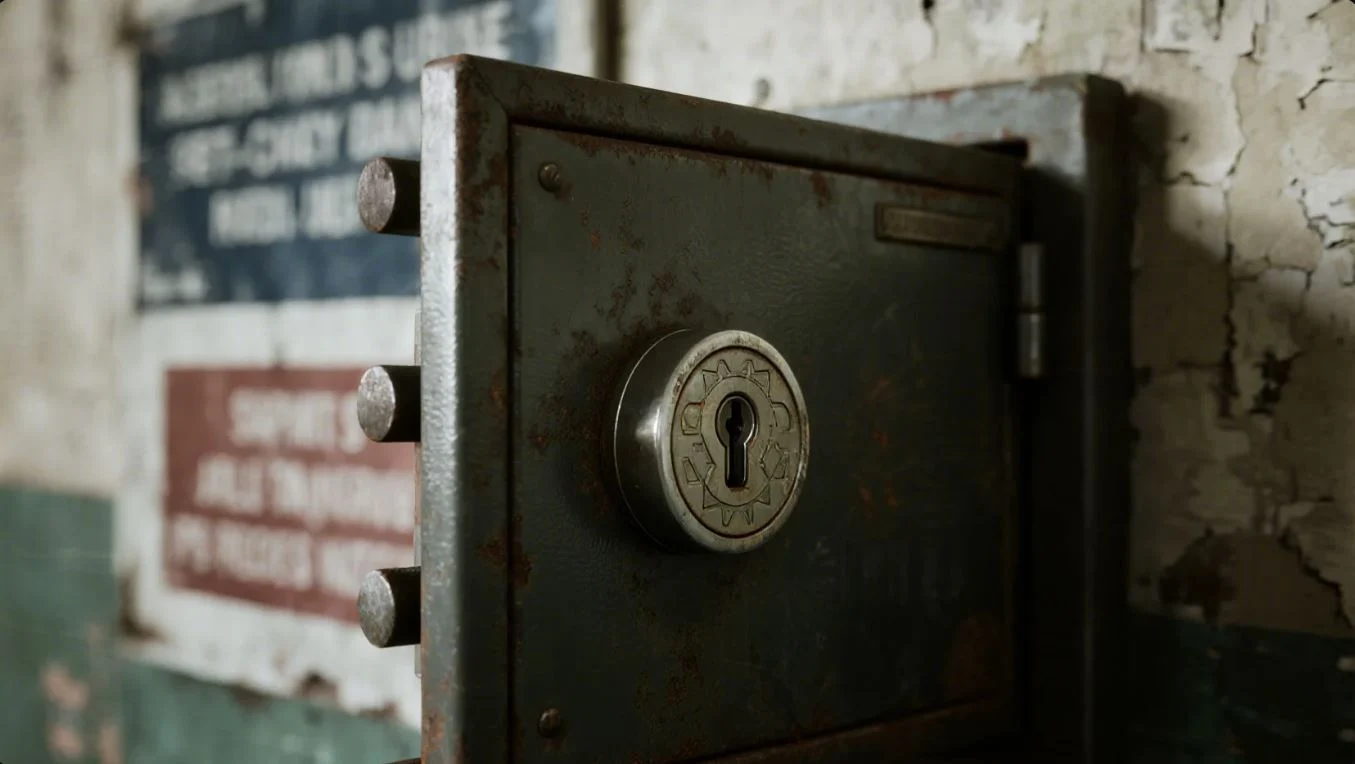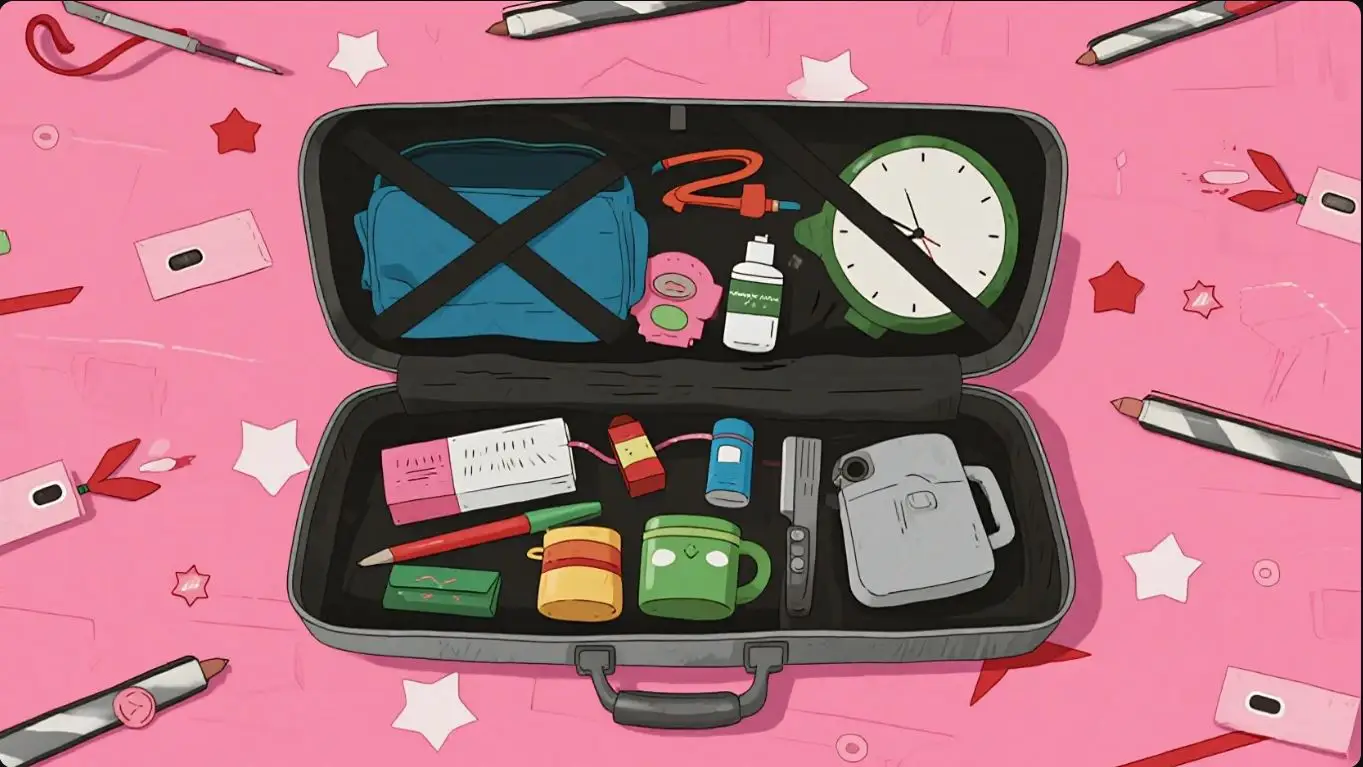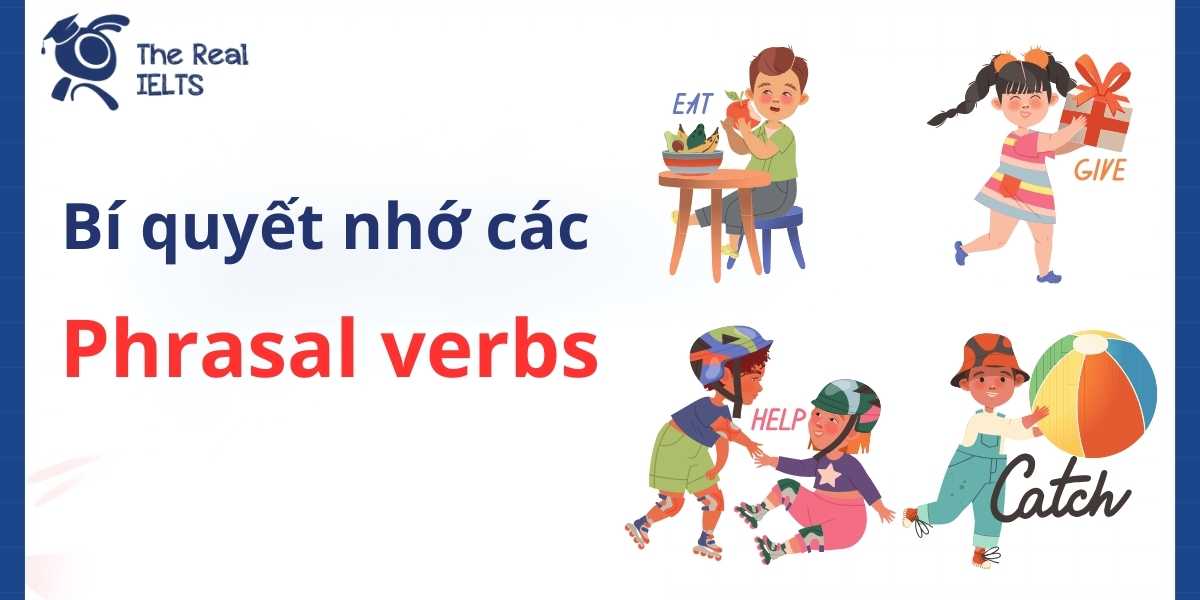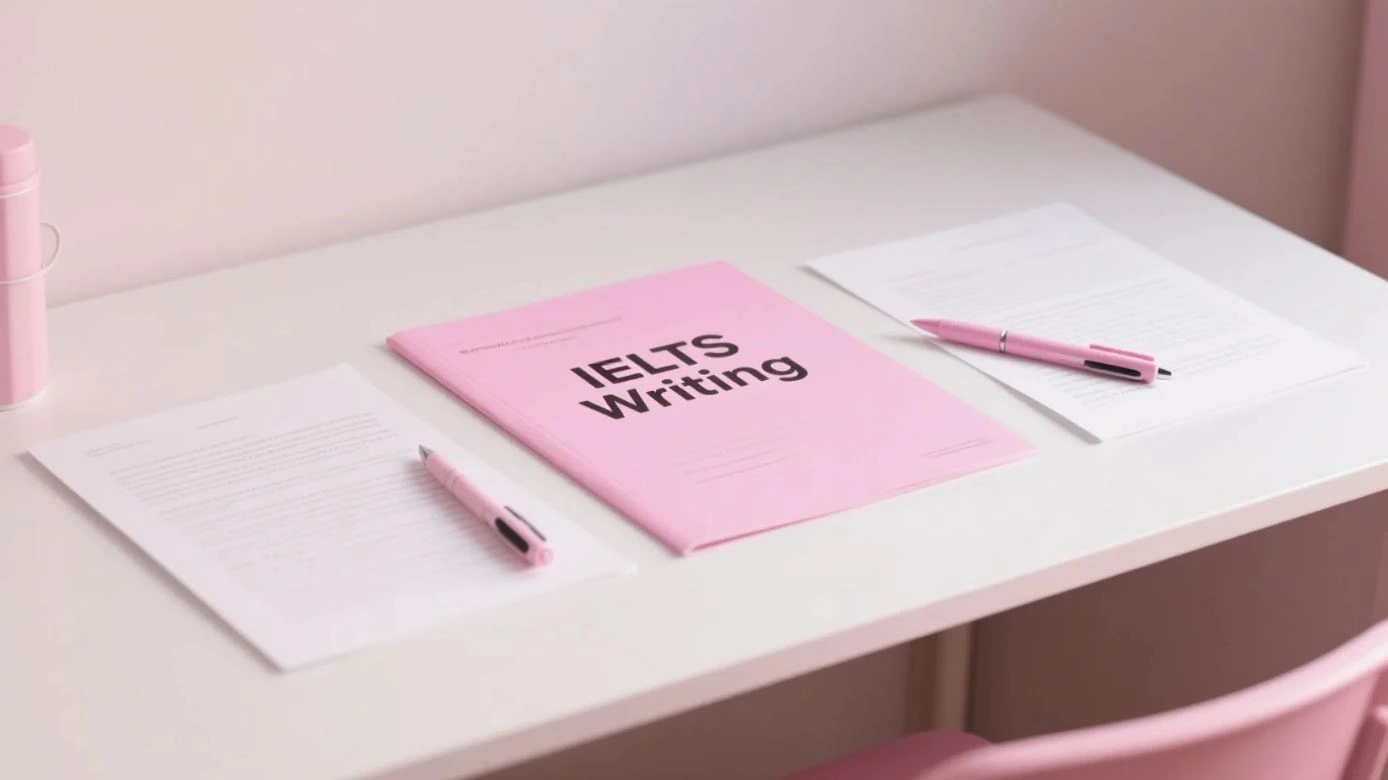100 ví dụ hỏi và trả lời về an toàn
Đọc thêm: 101 Bài Tiếng Anh Giao Tiếp Cơ Bản Full
Personal Safety
- Q: What’s one way you ensure your personal safety daily?
A: I always lock my doors and stay aware of my surroundings. - Q: How do you stay safe when walking alone at night?
A: I stick to well-lit areas and keep my phone accessible. - Q: What’s a safety habit you practice at home?
A: Checking smoke detectors regularly. - Q: How do you prepare for emergencies at home?
A: I keep a first-aid kit and emergency contacts handy. - Q: What’s a safety tip you’d give to a friend?
A: Always let someone know your plans when going out. - Q: How do you stay safe during a storm?
A: I stay indoors and avoid using electronics. - Q: What’s a personal safety device you recommend?
A: A personal alarm—it’s small and effective. - Q: How do you protect yourself in a crowded place?
A: I keep my belongings secure and stay alert. - Q: What’s a safety lesson you learned as a child?
A: Look both ways before crossing the street. - Q: How do you stay safe while exercising outdoors?
A: I wear reflective gear and avoid isolated areas.
Workplace Safety
- Q: What’s a key workplace safety rule you follow?
A: Wearing proper protective equipment for tasks. - Q: How do you ensure safety in your workplace?
A: I report hazards and follow safety protocols. - Q: What’s a common workplace safety issue?
A: Cluttered workspaces that cause trips. - Q: How do you stay safe when using machinery?
A: I follow training guidelines and use safety guards. - Q: What’s a workplace safety training you’ve taken?
A: Fire safety training—it was very informative. - Q: How can employers improve workplace safety?
A: By providing regular training and equipment checks. - Q: What’s a safety tip for office workers?
A: Maintain good posture to avoid strain injuries. - Q: How do you handle a workplace emergency?
A: I follow evacuation plans and stay calm. - Q: What’s a safety hazard you’ve noticed at work?
A: Loose cables that could cause tripping. - Q: How do you promote safety among coworkers?
A: By reminding them to follow safety guidelines.
Online Safety
- Q: How do you protect your online privacy?
A: I use strong passwords and two-factor authentication. - Q: What’s a tip for staying safe on social media?
A: Avoid sharing personal details publicly. - Q: How do you avoid online scams?
A: I verify links and never share sensitive information. - Q: What’s a safety concern with online banking?
A: Phishing emails—always check the sender. - Q: How do you teach kids about online safety?
A: I explain the risks of sharing personal info. - Q: What’s a tool for online safety you use?
A: A VPN to secure my internet connection. - Q: How do you spot a suspicious email?
A: Look for bad grammar or unknown senders. - Q: What’s a habit for safe online shopping?
A: Only shop on secure, trusted websites. - Q: How do you protect your data on public Wi-Fi?
A: I avoid accessing sensitive accounts on public networks. - Q: What’s a cybersecurity tip you follow?
A: Regularly update my software to fix vulnerabilities.
Public Safety
- Q: How do you stay safe in public spaces?
A: I stay aware of my surroundings and avoid distractions. - Q: What’s a safety tip for using public transport?
A: Keep your belongings close and stay alert. - Q: How do you prepare for safety at large events?
A: I know the exits and have a meeting point with friends. - Q: What’s a public safety issue you’ve noticed?
A: Poorly lit streets in some areas. - Q: How do you stay safe in a new city?
A: I research safe areas and carry a map. - Q: What’s a safety rule for attending concerts?
A: Stay hydrated and know the emergency exits. - Q: How do you ensure safety while biking in the city?
A: I wear a helmet and follow traffic rules. - Q: What’s a public safety campaign you support?
A: Anti-drunk driving campaigns—they save lives. - Q: How do you stay safe in extreme weather?
A: I check forecasts and avoid risky areas. - Q: What’s a way to promote public safety?
A: Educating communities about emergency preparedness.
Environmental Safety
- Q: What’s a way to stay safe during a natural disaster?
A: Have an emergency kit and follow local alerts. - Q: How do you ensure safety in a flood-prone area?
A: I avoid low-lying areas and have an evacuation plan. - Q: What’s a safety tip for extreme heat?
A: Stay hydrated and avoid outdoor activities midday. - Q: How do you prepare for earthquake safety?
A: I secure heavy objects and know safe spots. - Q: What’s an environmental safety concern you have?
A: Air pollution affecting health. - Q: How do you stay safe during a wildfire?
A: I follow evacuation orders and keep a mask handy. - Q: What’s a way to promote environmental safety?
A: Supporting clean energy to reduce pollution. - Q: How do you stay safe in a storm?
A: I stay indoors and avoid windows. - Q: What’s a safety measure for polluted areas?
A: Wearing a mask and limiting outdoor time. - Q: How do you prepare for environmental emergencies?
A: I keep a go-bag with essentials ready.
Road and Traffic Safety
- Q: What’s a key rule for road safety?
A: Always wear a seatbelt while driving. - Q: How do you stay safe while driving?
A: I avoid distractions like texting. - Q: What’s a traffic safety tip for pedestrians?
A: Use crosswalks and make eye contact with drivers. - Q: How do you ensure safety while cycling?
A: I use lights and signal my turns. - Q: What’s a road safety issue in your area?
A: Speeding in residential zones. - Q: How do you teach kids about road safety?
A: I show them how to cross streets safely. - Q: What’s a driving habit that improves safety?
A: Keeping a safe distance from other cars. - Q: How do you stay safe in bad weather while driving?
A: I slow down and use headlights. - Q: What’s a road safety campaign you’ve seen?
A: “Don’t Drink and Drive” ads. - Q: How can communities improve road safety?
A: By adding more pedestrian crossings and signs.
Home Safety
- Q: How do you prevent fires at home?
A: I never leave candles unattended. - Q: What’s a safety feature in your home?
A: A carbon monoxide detector. - Q: How do you ensure safety in the kitchen?
A: I keep knives stored safely and turn off appliances. - Q: What’s a home safety tip for families?
A: Practice a fire escape plan together. - Q: How do you protect your home from break-ins?
A: I use strong locks and a security system. - Q: What’s a safety concern in older homes?
A: Outdated electrical wiring. - Q: How do you keep kids safe at home?
A: I use childproof locks and cover outlets. - Q: What’s a way to improve home safety?
A: Installing motion-sensor lights outside. - Q: How do you prepare for power outages?
A: I keep flashlights and batteries ready. - Q: What’s a home safety habit you follow?
A: Checking appliances for wear and tear.
Health and Safety
- Q: How do you stay safe during a health crisis?
A: I follow public health guidelines, like masking. - Q: What’s a safety tip for handling food?
A: Wash hands and cook food to proper temperatures. - Q: How do you ensure safety during exercise?
A: I warm up and use proper equipment. - Q: What’s a health safety habit you practice?
A: Regular handwashing to prevent illness. - Q: How do you stay safe in a medical emergency?
A: I know basic first aid and emergency numbers. - Q: What’s a safety concern in public health?
A: Access to clean water in some areas. - Q: How do you protect your mental health?
A: I take breaks and seek support when needed. - Q: What’s a health safety tip for travel?
A: Carry hand sanitizer and stay hydrated. - Q: How do you promote health safety at home?
A: Keep medicines out of children’s reach. - Q: What’s a health safety campaign you support?
A: Vaccination drives for disease prevention.
Safety Education and Advocacy
- Q: How can schools teach safety to students?
A: Through drills and safety workshops. - Q: What’s a safety topic kids should learn?
A: Internet safety to avoid online risks. - Q: How do you advocate for safety in your community?
A: I share safety tips and join local initiatives. - Q: What’s a safety campaign you’ve seen?
A: A program promoting helmet use for cyclists. - Q: How can parents teach safety to kids?
A: By modeling safe behaviors and explaining risks. - Q: What’s a way to raise safety awareness?
A: Hosting community safety fairs. - Q: How do you stay informed about safety issues?
A: I follow news and government safety alerts. - Q: What’s a safety lesson you’d share?
A: Always have a plan for emergencies. - Q: How can technology improve safety education?
A: Through apps that teach safety skills. - Q: What’s a safety topic you want to learn more about?
A: Cybersecurity to protect my data.
Future of Safety
- Q: How will technology improve safety in the future?
A: Smart sensors will detect hazards faster. - Q: What’s a future safety goal for society?
A: Reducing accidents through automation. - Q: How can cities become safer in the future?
A: With better infrastructure and smart tech. - Q: What’s a safety innovation you’re excited about?
A: Wearable devices that alert emergency services. - Q: How will safety education evolve?
A: It’ll use VR for realistic training. - Q: What’s a safety challenge for the future?
A: Balancing privacy with surveillance tech. - Q: How can communities prepare for future safety risks?
A: By investing in resilient infrastructure. - Q: What’s a safety trend you’ve noticed?
A: Increased focus on mental health safety. - Q: How do you hope safety improves globally?
A: With universal access to safety resources. - Q: What’s your vision for a safer world?
A: A world where everyone feels secure and prepared.















